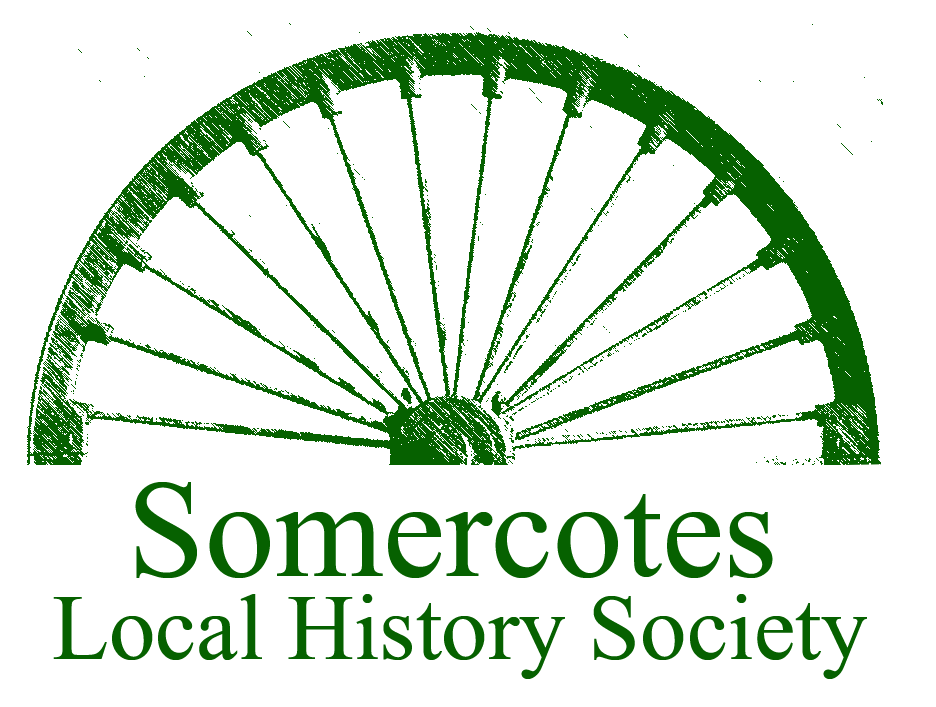






Methodist Chapel, Birchwood
by SLHS on
Monday 28 March 2016
Between 1839 and 1867, a total of five Methodist Chapels were built in the area. The most impressive was the Wesleyan Reformers Methodist Chapel at Birchwood. This place of worship was built in 1853 by John Smedley (who founded Smedley’s Hydro in Matlock and built Riber Castle).
A Methodist Chapel already existed in Somercotes and was situated on Nottingham Road. In the early 1850s there was division within the Methodist movement and the Somercotes Congregation, which kept faith with the traditionalist Methodist movement, agreed to sell this chapel to the Church Wardens of Riddings for a sum of £400. It became the Church of St. Thomas. The Methodist Congregation then appealed to John Smedley of Lea Bridge for help in establishing their own church, and he built the chapel for them on Birchwood Lane.
The Derbyshire History, Gazetteer & Directory dated 1857 states “The Wesleyan Reformers’ Chapel, situated in Birchwood Lane was erected by John Smedley Esq., of Lea Bridge. It is a handsome building with tower and one bell. In connection with which is a good school, eligible for all the children in the village. The school-room is lighted with gas and heated with hot water, will accommodate about 200 children; average attendance 126”.
PHOTO: Birchwood United Methodist Chapel (2014)
The school room mentioned was effectively the first school in the village. Each pupil was charged a small fee to attend.
Initially the chapel was built for a congregation of Wesleyan Reformers, a movement which united with the Wesleyan Methodist Association to form the United Methodist Free Churches in 1857. Later Directories would refer to it as a United Methodist Chapel.
PHOTO: Birchwood Band of Hope - Senior Members 1912
Back Row (L/R) H. Robinson, A.H. Bilson; E. Wright, W. Hayes, G. Truman, S. Hardwick, F. Coupe
Middle Row: B. Martin, G. Clark, W. Naylor, T. Burnham, M. Giles, S. Wood
Front Row: H. Hooley, John Wilson, E, Jepson, G. Naylor, J. Gent, L. Jepson, F. Naylor
In 1874, after the death of John Smedley, the chapel was purchased by members of the congregation for £800, which was reported to be about half of the original cost. In 1910, the present schoolroom was built, although by then several National Schools had been built in the village.
The chapel interior houses a balcony at the tower end, and staging at the opposite end for use at special events. The Derbyshire Ancestral Research Group currently hold their meetings in the schoolroom.
NOTE:
John Smedley was the son of John Smedley Snr, who was a partner in a mill at Lea Bridge. John Smedley Jnr began work as an apprentice at the mill and in 1825 took over the management of the factory. He diversified and expanded the business, becoming very wealthy in the process. He developed an interest in Hydrotherapy and built Smedley’s Hydro in Matlock, as well as building his home, Riber Castle. As well as an industrialist, he was also a well-known philanthropist, and built or sponsored several Methodist Churches in the area. He died on 27 July 1874. The Smedley company is still in business today, and their premises at Lea Bridge is now the oldest working factory in the world.
PHOTO: John Smedley (1803-1874)
